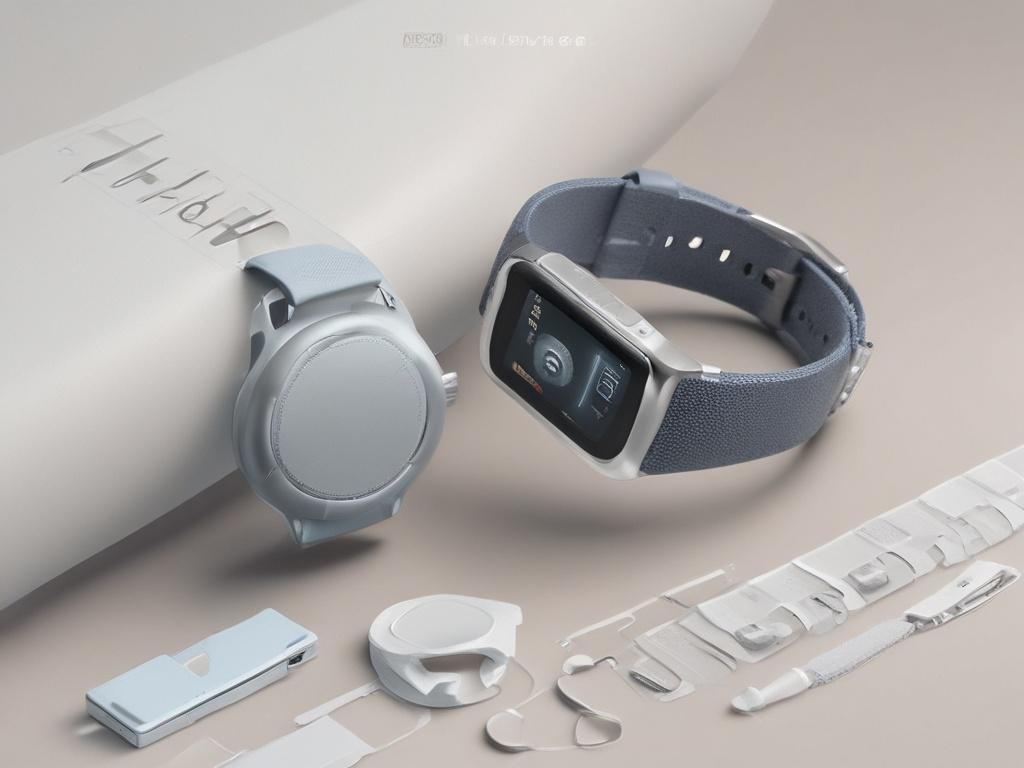Wearable technology has rapidly evolved from a niche market to a mainstream phenomenon, significantly influencing how we interact with digital content. As smartwatches, fitness trackers, and augmented reality glasses become commonplace, designers must rethink their strategies to create web experiences that cater to a wide range of devices. This transformation compels us to discover how wearable technology is reshaping web design priorities, pushing for responsive layouts that adapt seamlessly to various screen sizes, while prioritizing user-centric designs that foster engagement and satisfaction.
This blog post will explore how wearable technology influences modern web design. We will discuss the importance of crafting intuitive interfaces tailored for smaller screens, ensuring users can effortlessly navigate their favorite apps and websites.
Wearable technology has revolutionized how users interact with digital experiences, fundamentally reshaping the priorities of web design. As consumers increasingly adopt devices like smartwatches and fitness trackers, designers must prioritize responsive web design that accommodates various screen sizes and orientations. This shift demands that web designers create fluid layouts that adapt seamlessly to ensure optimal usability across multiple devices. Responsive design techniques, such as flexible grids, media queries, and adaptive images, become essential in delivering a consistent user experience, regardless of whether users access content on a smartphone, tablet, or wearable device.
Additionally, the rise of wearable technology emphasizes the importance of prioritizing speed and efficiency in web design. Users expect quick access to information without navigating complex menus or waiting for slow loading times. This prompts designers to streamline content and develop lightweight interfaces that prioritize essential elements, enabling users to access crucial information at a glance. As web design evolves to embrace advancements in wearable tech, the focus on responsive layouts ensures a user-centric experience that aligns with the fast-paced lifestyle of modern consumers.
Wearable devices, such as smartwatches and fitness trackers, require designers to rethink user interface (UI) conventions. Unlike traditional screens, these devices often have limited space and unique interaction methods. For this reason, designers must prioritize clarity and simplicity, ensuring that users can quickly access critical information with minimal taps or swipes. This necessity drives innovation in UI design, prompting the use of larger touch targets and straightforward navigation elements. Designers increasingly lean into bold colors and larger fonts to enhance readability, making crucial data easily visible.
In addition, the small screen size of wearable devices inspires designers to streamline content presentation. They focus on delivering essential information succinctly, often through cards, notifications, and icons. This streamlined approach encourages users to engage with the device without feeling overwhelmed. As a result, web design no longer adheres only to desktop or mobile paradigms; it now embraces a multi-device approach that considers the user's context and needs. By emphasizing intuitive interfaces, designers help ensure that wearable technology enhances the user experience rather than detracting from it.
As wearable technology increasingly integrates voice recognition features, designers must prioritize voice compatibility in their web designs. This shift allows users to interact with websites hands-free, making navigation smoother and more intuitive. By incorporating voice commands, designers can streamline user experiences, enabling individuals to access information quickly while on the go. Understanding natural language processing helps web designers create interfaces that respond accurately to verbal commands, facilitating seamless interactions. This emphasis on voice compatibility enhances user engagement and promotes accessibility for individuals with disabilities.
To implement voice compatibility effectively, designers should focus on user experience and accessibility. Incorporating voice search capabilities and conversational interfaces can significantly improve users' engagement with web content. Developers can employ design frameworks that prioritize audio feedback and user-friendly prompts to guide interactions. As designers adapt their approaches, they will discover new ways to create responsive sites that cater to diverse user needs.
Our rental services at Doha Inc. allow users to try exciting new devices like the 5G laptop and other wearable devices. Contact us today to learn more about our products.
